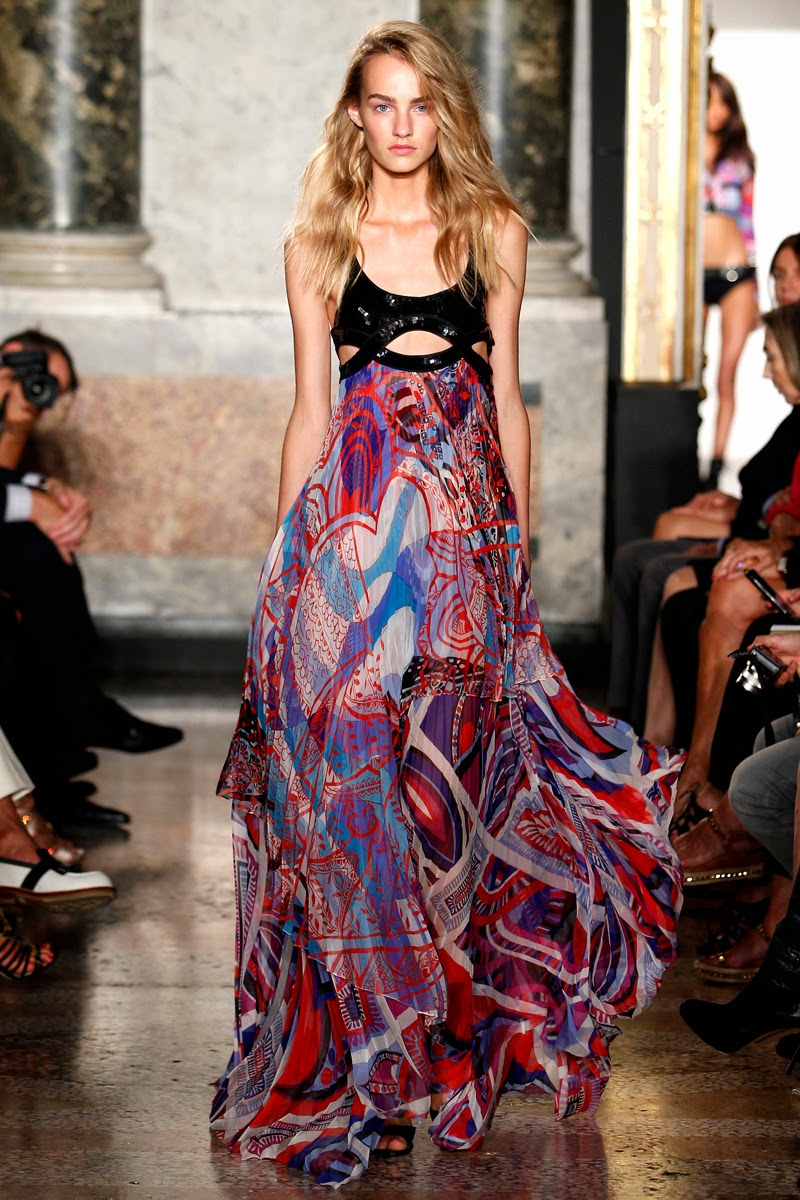Emilio Pucci Italy represents a vibrant blend of Italian heritage and high-fashion innovation. Known for his bold patterns and colorful designs, Pucci's creations have remained iconic in the fashion world. His unique ability to infuse art into wearable garments has made him a household name and a central figure in the history of fashion. From the sun-soaked shores of Capri to the bustling streets of Florence, the legacy of Emilio Pucci is a testament to the beauty of Italian craftsmanship. His designs embody a spirit of freedom and adventure, inviting wearers to express their individuality through vibrant colors and striking silhouettes.
Born into a noble family in Florence, Emilio Pucci's journey into the world of fashion began in the 1940s, when he created ski wear that captured the essence of style and performance. Over the decades, his work evolved to encompass a wide range of clothing, accessories, and textiles, all characterized by eye-catching prints and luxurious materials. Today, Emilio Pucci Italy is synonymous with elegance and creativity, attracting fashion enthusiasts from around the globe.
The allure of Emilio Pucci Italy lies not only in its aesthetic appeal but also in its rich history and cultural significance. As we delve deeper into the life and work of this extraordinary designer, we uncover the inspirations behind his iconic designs and the impact he has had on the fashion industry. Join us as we explore the colorful legacy of Emilio Pucci and discover what makes his work truly timeless.
Who Was Emilio Pucci?
Emilio Pucci, born on February 20, 1914, in Naples, Italy, became one of the most influential fashion designers of the 20th century. His aristocratic background and education at the University of Florence laid the groundwork for a career that would redefine Italian fashion. Pucci was not only a designer but also a visionary who understood the importance of color and pattern in creating a unique identity.
What Are the Key Influences of Emilio Pucci Italy?
The inspirations behind Emilio Pucci's designs are as diverse as the patterns he created. Key influences include:
- The vibrant landscapes of Italy, particularly the Amalfi Coast.
- The art movements of the 20th century, including abstract expressionism.
- His travels and experiences in various cultures around the world.
- The freedom and spirit of the 1960s, which is reflected in his innovative designs.
What Is the Unique Style of Emilio Pucci Italy?
Emilio Pucci's style is characterized by:
- Bold, geometric patterns and fluid silhouettes.
- Rich color palettes that evoke a sense of joy and energy.
- Luxurious fabrics that drape beautifully on the body.
- A focus on versatility, allowing pieces to be worn for various occasions.
What Are Some Iconic Emilio Pucci Designs?
Throughout his career, Emilio Pucci created numerous iconic designs that have become synonymous with his brand. Some notable examples include:
- The "Capri" pants, which revolutionized women's fashion in the 1950s.
- The "Pucci print," a kaleidoscope of colors and designs that remain popular today.
- Swimwear and beach cover-ups that embody the essence of summer.
- Silk scarves featuring bold prints that have become collector's items.
What Is the Legacy of Emilio Pucci Italy?
Emilio Pucci's legacy extends far beyond his creations. He was a pioneer in the fashion industry, breaking down barriers and challenging traditional norms. He embraced modernity and embraced the idea of fashion as a form of self-expression. Today, his brand continues to thrive, with new collections that pay homage to his original vision while incorporating contemporary elements.
What Is Emilio Pucci's Impact on Modern Fashion?
The impact of Emilio Pucci on modern fashion can be seen in several ways:
- The continued popularity of bold prints and vibrant colors in contemporary collections.
- The influence of his designs on other fashion houses and designers.
- The celebration of individualism and self-expression in fashion trends.
- The enduring appeal of resort wear and luxury vacation attire.
Personal Details and Bio Data of Emilio Pucci
| Detail | Information |
|---|---|
| Full Name | Emilio Pucci |
| Date of Birth | February 20, 1914 |
| Place of Birth | Naples, Italy |
| Education | University of Florence |
| Occupation | Fashion Designer |
| Years Active | 1940s - 1992 |
| Notable Works | Capri pants, Pucci prints, silk scarves |
| Date of Death | November 29, 1992 |
How Is Emilio Pucci Italy Celebrated Today?
Emilio Pucci's legacy is celebrated through various avenues:
- Fashion exhibitions showcasing his work in museums around the world.
- Collaborations with contemporary designers who draw inspiration from his iconic style.
- Fashion shows that highlight the brand's evolution while honoring Pucci's original vision.
- A dedicated fan base that continues to cherish vintage Pucci pieces.
What Can We Learn from Emilio Pucci's Journey?
Emilio Pucci's journey teaches us valuable lessons about creativity, innovation, and the power of self-expression. His ability to take inspiration from his surroundings and translate it into stunning designs shows the importance of embracing one's identity. As we navigate the world of fashion, Pucci's legacy serves as a reminder to celebrate individuality and to approach creativity fearlessly.
In conclusion, Emilio Pucci Italy remains an enduring symbol of style and sophistication. His colorful legacy continues to inspire designers and fashion lovers alike, inviting us to embrace the beauty of self-expression through fashion. Whether through bold prints or luxurious fabrics, the essence of Emilio Pucci's work is a celebration of life, art, and the beauty of Italian culture.




